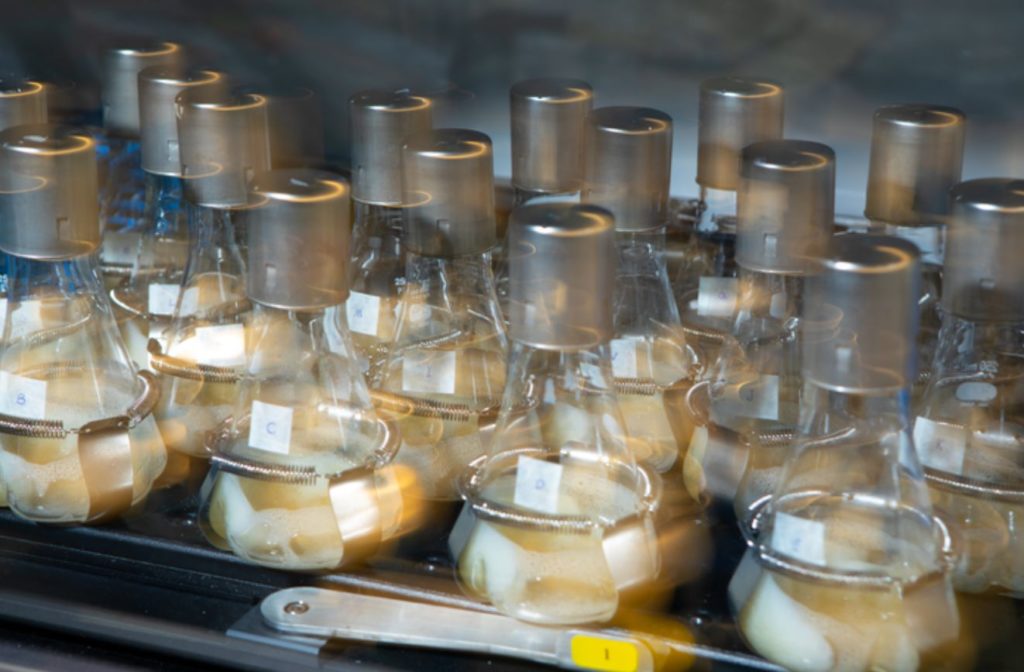It’s like modern-day alchemy: turning sugar into a fatty acid, which can then be convereted into gasoline’s hydrocarbons called Olefins
But scientists have done exactly that.
Researchers, in a new paper published in Nature Chemistry, claim leveraging the wonders of biology and chemistry to convert glucose (a form of sugar) into olefins (a type of hydrocarbon, and one of several types of molecules that make up gasoline).
Although olefins only make up a small percentage of the molecules in gasoline as it is now manufactured, biochemists Zhen Q. Wang – study’s lead author believes that the process the team devised may be tweaked in the future to produce other types of hydrocarbons, including some of the other components of gasoline. She also mentions that olefins have non-fuel applications, such as in industrial lubricants and as polymers precursors.
To do their research, they started by giving glucose to E. coli strains that aren’t harmful to humans.
“These microbes are sugar junkies, even worse than our kids,” Wang jokes.

The E. coli strains used in the studies were genetically modified to produce a set of four enzymes that convert glucose to 3-hydroxy fatty acids. As the bacteria digested the glucose, they began to produce fatty acids as well.
The researchers employed a catalyst called niobium pentoxide (Nb2O5) to cut off undesirable sections of the fatty acids in a chemical process, resulting in the olefins as the final product.
The scientists discovered the enzymes and catalysts by trial and error, evaluating many compounds with features that suited the task at hand.
“We combined what biology can do the best with what chemistry can do the best, and we put them together to create this two-step process,” said Wang.
“Using this method, we were able to make olefins directly from glucose.”
“Making biofuels from renewable resources like glucose has great potential to advance green energy technology,” the study author said.
“Glucose is produced by plants through photosynthesis, which turns carbon dioxide (CO2) and water into oxygen and sugar. So the carbon in the glucose — and later the olefins — is actually from carbon dioxide that has been pulled out of the atmosphere,” Wang explained.
However, additional research is needed to determine the benefits of the novel technology and whether it can be scaled up economically for the production of biofuels or other products. One of the first concerns to address is how much energy the process of generating the olefins requires; if the energy cost is prohibitively high, the technology must be optimized to be commercially viable.
Additionally, scientists are focused in enhancing yield. Currently, Wang explained, 100 glucose molecules are required to make approximately 8 olefin molecules. She hopes to enhance that ratio by encouraging E. coli to create more 3-hydroxy fatty acids per gram of glucose ingested.
The study represents a significant step forward in efforts to develop sustainable biofuels.
Source: 10.1038/s41557-021-00820-0
Image Credit: iStock
You were reading: Sugar-loving bacteria may fuel our future cars